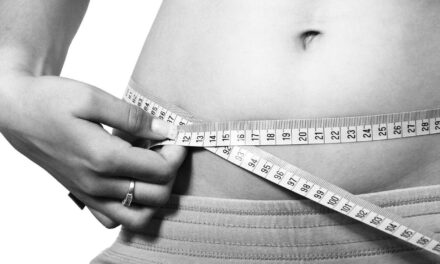As we cross the milestone of 50, our bodies and lifestyles undergo significant changes. It’s a time when many of us reevaluate our health and fitness goals. Understanding the importance of workouts for over 50 years old is not just about staying in shape; it’s about maintaining our independence, improving our quality of life, and enjoying our golden years to the fullest.
Embarking on a fitness journey after 50 can seem daunting. Perhaps you haven’t exercised in a while, or maybe you’re unsure how to adapt your routine to your changing body. The good news is that it’s never too late to start. With the right approach, you can build strength, improve flexibility, and boost your overall health.
In this article, we’ll explore how to create effective and safe workouts tailored for those over 50. We’ll delve into the latest research, expert insights, and practical tips to help you embark on this journey with confidence and enthusiasm.
Remember, the goal isn’t to turn back the clock but to embrace and enhance your life at this stage.
Why Working Out is Crucial After 50
Age brings about natural changes in muscle mass, bone density, and flexibility. After 50, these changes become more pronounced, making regular exercise not just beneficial but essential. Here are a few reasons why:
- Maintaining Muscle Mass: We naturally lose muscle mass as we age, a condition known as sarcopenia. Regular strength training can help slow down this process, keeping you stronger and more functional.
- Enhancing Bone Density: The risk of osteoporosis increases after 50. Weight-bearing exercises, such as walking or light weightlifting, can help maintain bone density.
- Boosting Metabolism: Our metabolism slows down with age, making it easier to gain weight. Regular exercise helps increase metabolic rate and build muscle mass, aiding in weight management.
- Improving Flexibility and Balance: These are crucial for preventing falls, a common risk for older adults. Yoga and stretching exercises can enhance your balance and flexibility.
- Supporting Mental Health: Exercise is not just good for the body; it’s also beneficial for the mind. It can help reduce stress, improve mood, and enhance cognitive function.
Creating the Ideal Workout Plan
Developing a workout routine after 50 doesn’t mean pushing your body to its limits. It’s about finding the right balance and listening to your body. Here are some key components to consider:
- Start Slow: If you’re new to exercising or restarting after a break, begin with low-impact exercises. Walking, swimming, or cycling are great options.
- Strength Training: Incorporate light weights or resistance bands to help build muscle mass. Focus on major muscle groups and aim for two to three times a week.
- Flexibility and Balance: Include exercises like yoga or Tai Chi in your routine. These not only improve flexibility and balance but also help with relaxation and stress relief.
- Cardiovascular Health: Engage in activities that increase your heart rate, such as brisk walking, dancing, or aqua aerobics. Aim for at least 150 minutes of moderate aerobic activity per week.
- Rest and Recovery: Allow your body time to rest. Over-exercising can lead to injuries, especially as our bodies take longer to recover after 50.
Remember, consistency is key. It’s better to exercise a little every day than to overdo it once in a while.
Consult with a Professional: Before starting any new exercise regime, especially if you have existing health concerns, it’s wise to consult with a healthcare professional. They can help tailor a program to suit your specific needs.
Common Challenges and How to Overcome Them
Embarking on a fitness journey after 50 comes with its set of challenges. Here’s how to navigate them:
- Lack of Motivation: Find an exercise buddy or join a class. Making workouts a social activity can boost your motivation.
- Physical Limitations: Work with a trainer who specializes in older adults. They can modify exercises to accommodate any physical limitations.
- Time Constraints:
Break your exercise into shorter, more manageable sessions throughout the day if finding time is a challenge.
- Fear of Injury: Focus on low-impact exercises and ensure proper form. Starting slow and gradually increasing intensity can help prevent injuries.
Embracing Technology for Fitness
In today’s digital age, technology can be a great ally in your fitness journey. Fitness trackers can monitor your activity levels, heart rate, and even sleep patterns. There are also numerous apps and online platforms offering guided workouts specifically designed for the over 50s.
Inspiring Success Stories
Need some inspiration? Look for success stories of people who started their fitness journey after 50. Seeing others achieve their health goals can be incredibly motivating.
Conclusion: A Journey of Self-Care and Vitality
Starting a workout routine after 50 is one of the best decisions you can make for your health. It’s a journey of self-care, resilience, and vitality. With the right approach, you can look forward to years of improved health, mobility, and overall well-being.
Remember, it’s not about being the fittest or the strongest; it’s about being the healthiest version of yourself at this stage in life. So, lace up your sneakers, and let’s embark on this exhilarating journey together!






